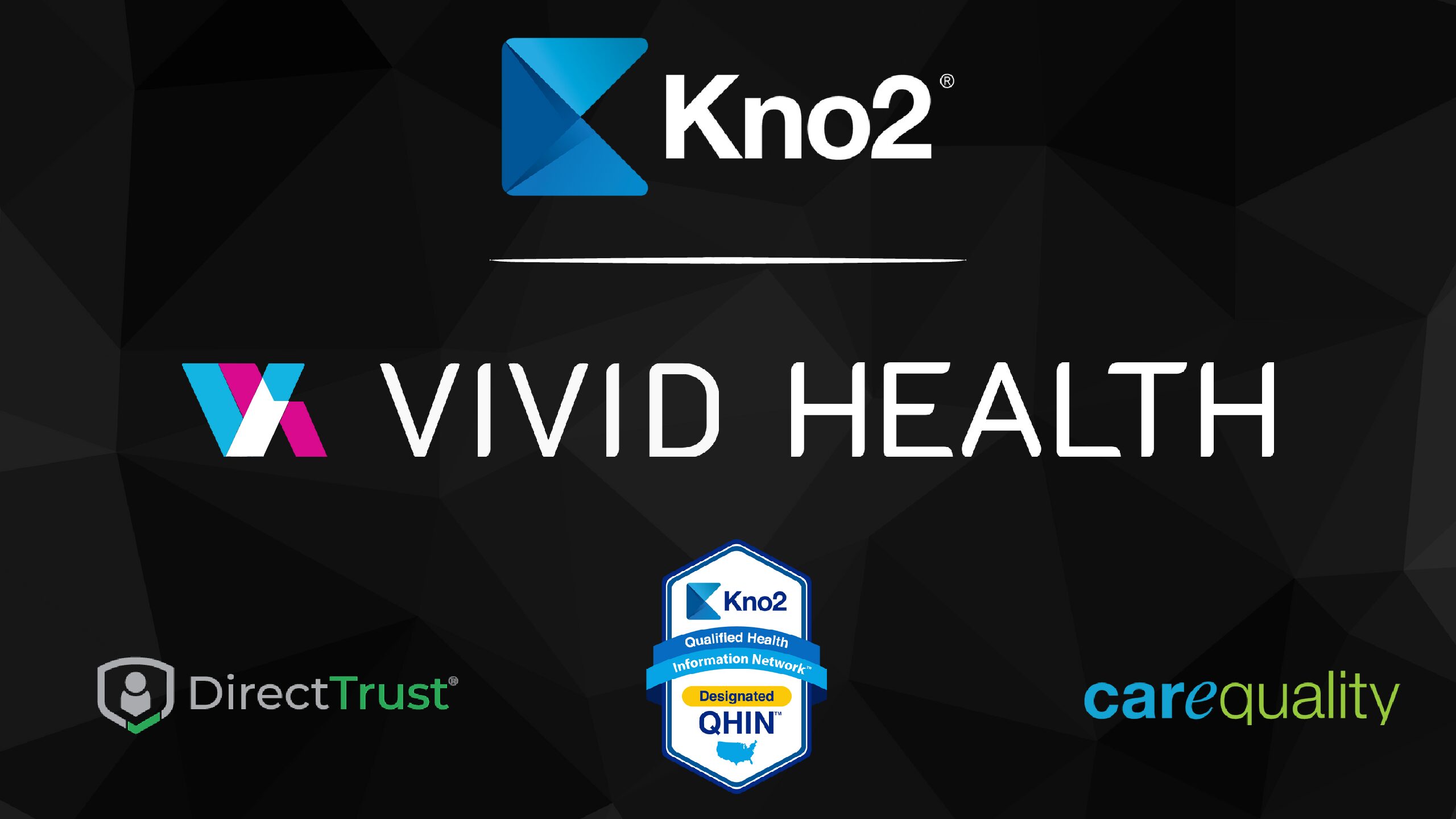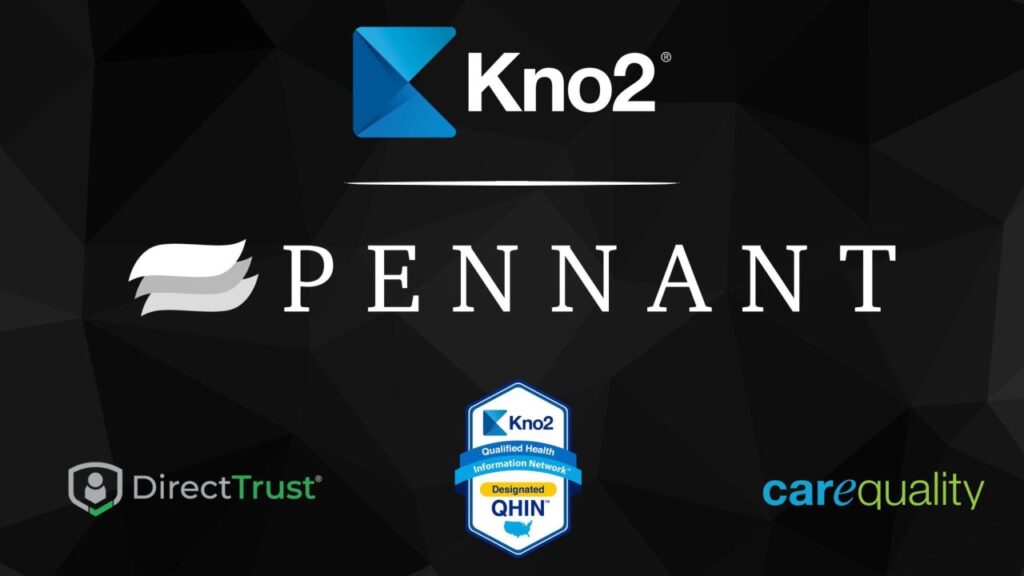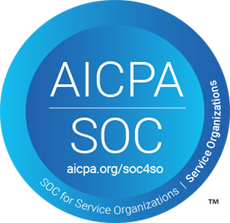Did you know that the U.S. healthcare workforce has reached crisis levels of burnout? Would you be surprised to learn that this assessment was made before COVID-19 was even a household name? This is a very real problem. The need is more intense than ever given the compounding effects of healthcare professionals leaving the workforce as patient populations with complex conditions grow at alarming rates (and are on a trajectory to continue as such). You don’t need a bar graph to tell you that this is not OK. But a 2022 advisory from the Surgeon General makes that point explicit in his report “Addressing Health Worker Burnout.” And because we’re a healthcare IT company, our ears perked up at the advice Dr. Vivek Murthy gave specifically for healthcare technology companies to combat this dire issue. A key takeaway? Make the dang tools simple and catered to the end user – in this case, the healthcare providers and their staff. (We’re paraphrasing a bit.)
A Bold Strategy: Design Healthcare Solutions for All Providers
It’s incredible how little UX (user experience) and UI (user interface) design principles seem to inform healthcare IT. We say “seem to” because there is no doubt that some of the biggest health IT solutions in the market could point to their R&D efforts to elevate the user experience to serve busy clinicians, nurses, and their staff. However, when we consider that not every provider on a need-to-know basis could just drop into your average EHR and know how to find the patient data they need to drive clinical decisions and coordinate care across the continuum, the reality is that many technology solutions are still overly engineered…and thus, they underperform.
Based on a 2022 study by KLAS Research regarding Ambulatory EMRs, ease of use and workflows came up as the top concern for midsize and large clinics surveyed. When the target demographic of the most-integrated tools are asking for more user-friendly experiences, it’s high time we collectively listen!
Gain Provider User Traction With Simplicity And Core Use Case Optimization
Considering that less mainstream providers, such as those in the growing post-acute care sector, are managing droves of patients out of hospitals and health network (and seemingly out of band with some of the larger EHRs and interoperability solutions available), we have to consider how accessible and intuitive are healthcare communication tools for those not accustomed to the EHR-like functionality of robust solutions.
Think about a basic set of tools – such as email, calendaring, check lists – and build technology from those core use cases that support anyone, anywhere, securely and timely. This is how we gain buy-in, increase adoption, connect disparate healthcare providers, and actually get some good work done across care teams. It’s not that providers beyond the hospital walls aren’t smart enough to figure out the technology…it’s simply not enough juice to justify the squeeze.
Shifting Responsibility Back To Technology Vendors And Away From Providers
Our CEO Jon Elwell has been quite vocal about the need to free up overburdened healthcare providers and their overworked staff from worrying about interoperability and healthcare IT. Even considering the lift for change management alone when it comes to instigating any changes in workflows and technology is adding insult to injury in many exhausted clinics and practices across the country. So, while sexy interfaces and cool new widgets may sell seats, the goal of healthcare communication tools for providers should be intuitive, simple means of securely exchanging, requesting, and visualizing data across the care continuum.







